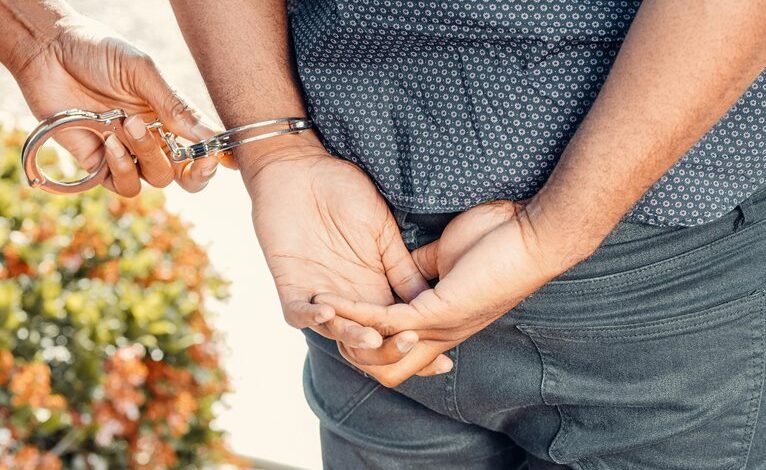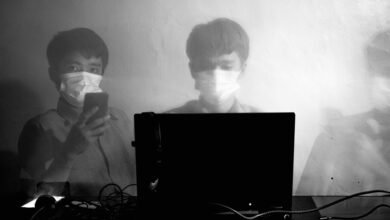Photoaconpan: A Influência de Imagens no Processo Judicial

The integration of photoaccompaniment in judicial proceedings represents a pivotal shift in how evidence is presented and perceived. Visual evidence has been shown to enhance jurors' engagement and comprehension, but it also introduces significant psychological implications. As images evoke emotions, they may inadvertently distort perceptions of justice. This raises critical ethical questions about the balance between emotional impact and factual integrity. The complexities surrounding these issues warrant further exploration.
The Power of Visual Evidence in Courtrooms
Although the judicial process has traditionally relied on verbal testimony and written documentation, the integration of visual evidence has increasingly transformed courtroom dynamics.
Visual storytelling enriches narratives, allowing jurors to engage with evidence in a compelling manner. This shift not only enhances understanding but also influences perceptions, making visual evidence a powerful tool in the pursuit of justice and truth within legal proceedings.
Psychological Impacts of Images on Jurors
The introduction of visual evidence into courtroom proceedings not only enhances the comprehension of cases but also significantly impacts jurors' psychological processes.
Images can provoke strong emotional responses, influencing juror bias and potentially skewing their judgment.
These psychological effects can lead to decisions based on feelings rather than facts, underscoring the necessity for careful consideration of visual evidence in judicial contexts.
Ethical Considerations in the Use of Visual Media
While the impact of visual media in courtrooms can enhance understanding, ethical considerations surrounding its use are paramount.
The ethical implications of media representation can influence juror perceptions, potentially leading to biased interpretations. Courts must ensure that visual evidence is presented fairly and accurately, balancing the need for impactful storytelling with the responsibility to uphold justice and integrity in the judicial process.
Conclusion
In the courtroom, visual evidence serves as a double-edged sword, enhancing jurors' understanding while simultaneously risking emotional bias. The vivid imagery can illuminate facts, creating a compelling narrative that resonates deeply; yet, it can also cloud judgment, leading to decisions swayed by visceral reactions rather than objective analysis. As the judicial system embraces the power of photoaccompaniment, it must tread carefully, balancing the evocative nature of images with the imperative of maintaining fairness and integrity in legal proceedings.




